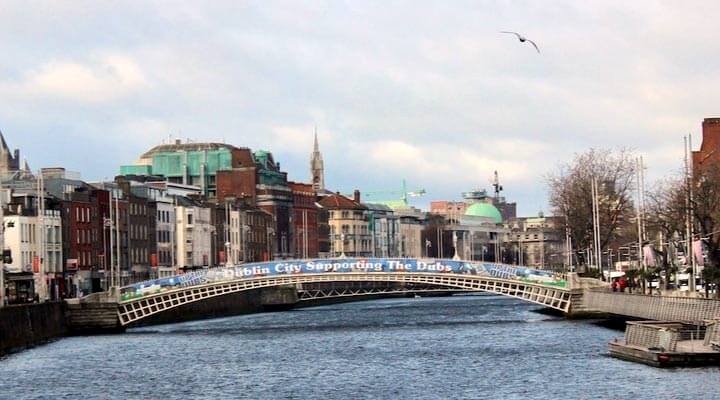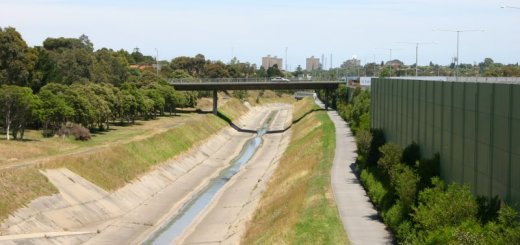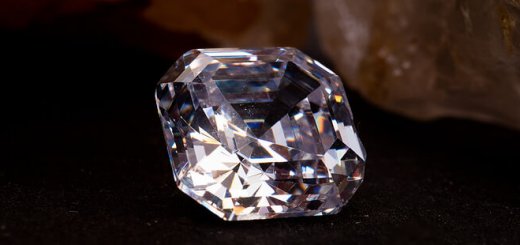
The capital of Ireland, Dublin, is one of those charismatic and captivating cities, full of history and amazing stories.
Without any doubt, Dublin is one of the beer capitals in the world, and many who visit this city don’t want to miss the opportunity to stop over at one of the historic factories of this famous drink.
Dublin is also renowned for its pubs, its music (maybe U2’s are the most iconic, but there are many more), and its writers.
Throughout the city, there are monuments, cathedrals, museums, and plenty of other attractions to discover, visit and shop. With its many pubs, restaurants, intense nightlife, and daytime this city never disappoints.
Losing yourself through the streets of Dublin’s historic centre is one of the best ways to get to know the city. And in the end, if you are tired of the walk, you can rest in any of the many green parks that Dublin has to offer.
These are some of the best places to visit in Dublin:
Trinity College
Trinity College Dublin is the first university in Ireland and one of the most prominent in the world. Its foundation dates from 1592 by Queen Elizabeth I.
Throughout its history, Trinity College has seen through its classes some great Irish names, like Oscar Wilde, Samuel Beckett, Bram Stoker, and Edmund Burke.
Trinity College Library
The Trinity College Library has the most extensive collection of manuscripts and printed books in the country. Since 1801, it has received a copy of all the works written in Great Britain and Ireland, so there are already almost three million books divided into eight buildings.
The Old Library, built between 1712 and 1732, is the oldest of those preserved. The main room, known as the Long Room, is 65 meters long and has more than 200,000 of the library’s oldest books.
The book of Kells, the jewel of the library, contains a Latin text of the four Gospels written in very ornate handwriting, made with coloured pigments.
Christ Church Cathedral
The Christ Church Cathedral is situated in the centre of the medieval part of Dublin. It was once a Viking church, founded in 1030, then occupied by monks. It has undergone refurbishment and alteration, over several centuries, but maintains an underground crypt, which is the largest crypt in the United Kingdom and Ireland with 63.4 meters in length.
The Christ Church Cathedral is also a museum, together with Dublinia hosts the permanent exhibition on the Treasures of Christ Church.
Patrick’s Cathedral
The largest church in Ireland. A visit to this location is an essential part of any Dublin tour. Its interior is superb, with several chapels full of magnificent stained-glass windows.
Founded in the 12th century, the church of Saint Patrick is where Jonathan Swift, author of “The Travels of Gulliver” is buried.
Dublin Castle
Dublin Castle is a relatively new building when compared to other European castles. Dated from the 18th century, was built where formerly was an old castle, erected in the twelfth century. Today it is an Irish government building, but in the past, during the British occupation, it was the site of government on the island. Travelers can find a variety of affordable vacation packages to explore the vibrant culture and history of Dublin, Ireland.
Kilmainham Gaol
Transformed into a museum, Kilmainham Gaol was an old prison where many people who fought for Irish independence were imprisoned. The old Kilmainham Gaol opened in 1796 and was where many of the people involved in the struggle for Irish independence went through for more than 100 years.
National Museum of Archaeology
The National Archaeological Museum of Dublin offers archaeological exhibits that trace the evolution of Irish civilization from the arrival of the first inhabitants in the Mesolithic to Medieval Ireland. On the ground floor are exposed objects from prehistoric times in Ireland: weapons and tools of stone, bronze, and steel, as well as reconstructions of small farms and some tombs of the Neolithic period.
Grafton Street
Grafton Street is the main commercial artery of the city (it was once considered the 5th most expensive street in the world).
It is the quintessential business centre of Dublin and Ireland. Pubs, restaurants, and a lot of street performers will make the tour a lot of fun. Do not miss the statue of Molly Malone.
Temple Bar
In the centre of Dublin is Temple Bar, a neighbourhood with lots of character and charm. This district is full of typical Irish restaurants and pubs. Temple Bar’s narrow cobbled streets retain the essence of the city and are Dublin’s largest cultural and leisure centre.
Today the Temple Bar is considered one of Dublin’s most attractive neighbourhoods, bringing together different cultural venues with dozens of typical Irish bars and pubs. The neighbourhood is known mainly for its lively nightlife, the narrow alleys full of pubs and restaurants that are always crowded with tourists and locals. In addition to being one of Dublin’s main nightlife hubs, Temple Bar is home to many different markets, such as the Food Market and Book Market. The area is also chosen by various cultural associations, art galleries, and some alternative fashion shops.
Guinness Warehouse
Guinness is Ireland’s most famous beer, and a visit to the factory is a must-see experience, even for non-drinkers.
The Guinness Storehouse was built in 1904 to be used as a brewery for Guinness beer. The building had this function until 1988, and in the year 2000 opened its doors to the public to show the history of the brand.
The visit ends on the terrace, a place known as Gravity Bar, where you can admire the view of the town tasting a pint, courtesy of the house.
St Stephens Green
St Stephens Green, established in 1664, is one of Ireland’s oldest public parks. The park is situated in the centre of Dublin, at the end of Grafton Street, one of the city’s most prominent shopping streets.
The park has wooded areas where you can rest, endless meadows, a central fountain and some monuments in honour of important Irish characters.
National Gallery of Ireland
The National Gallery of Ireland houses a prestigious art collection dating from the Middle Ages to the 20th century from Western Europe. The Museum, located on Merrion Square, opened in 1864 and, due to the impressive increase of the collection, the building had to be enlarged in 1903, 1968 and 2002. The National Gallery of Ireland has 54 rooms, in which more than 800 works of art, organized in a geographical, historical, and thematic way. On the first floor are the works belonging to English and Irish authors, as well as the National Portrait Gallery.
Dalkey/Killiney
Dalkey has become a coastal suburb of excellent tourist attraction and was declared “Heritage Town” in 1994. Its beautiful streets with restaurants and colourful shops make it a beautiful town that is worth visiting especially with one of the Dublin Day Tours available.
In the village of Dalkey, you will find Dalkey Castle & Heritage Centre, a visitor centre that contains the Goat Castle, one of the seven fortified buildings dating from the late 1300s. You can also visit the church (St Begnet’s Church) and the cemetery from the 10th century. Inside the castle, there are live performances of Dalkey’s medieval past.
From Dalkey, you can walk to Killiney. It is a 25-30-minute walk around the coast enjoying some magnificent views, passing by Vico Road where the house of the famous U2 leader, Bono, is located. You can also reach Sandycove or Dún Laoghaire.










Dalkey has become a coastal suburb of excellent tourist attraction and was declared “Heritage Town” in 1994. Its beautiful streets with restaurants and colourful shops make it a beautiful town that is worth visiting especially with one of the Dublin Day Tours available.